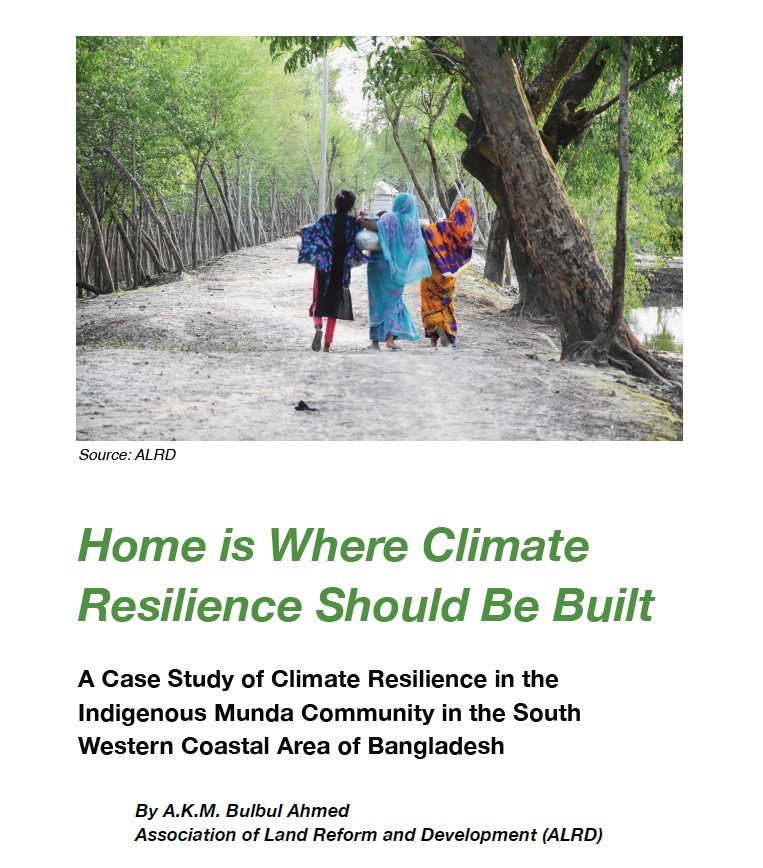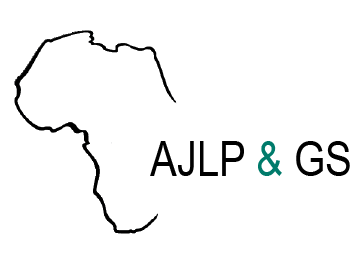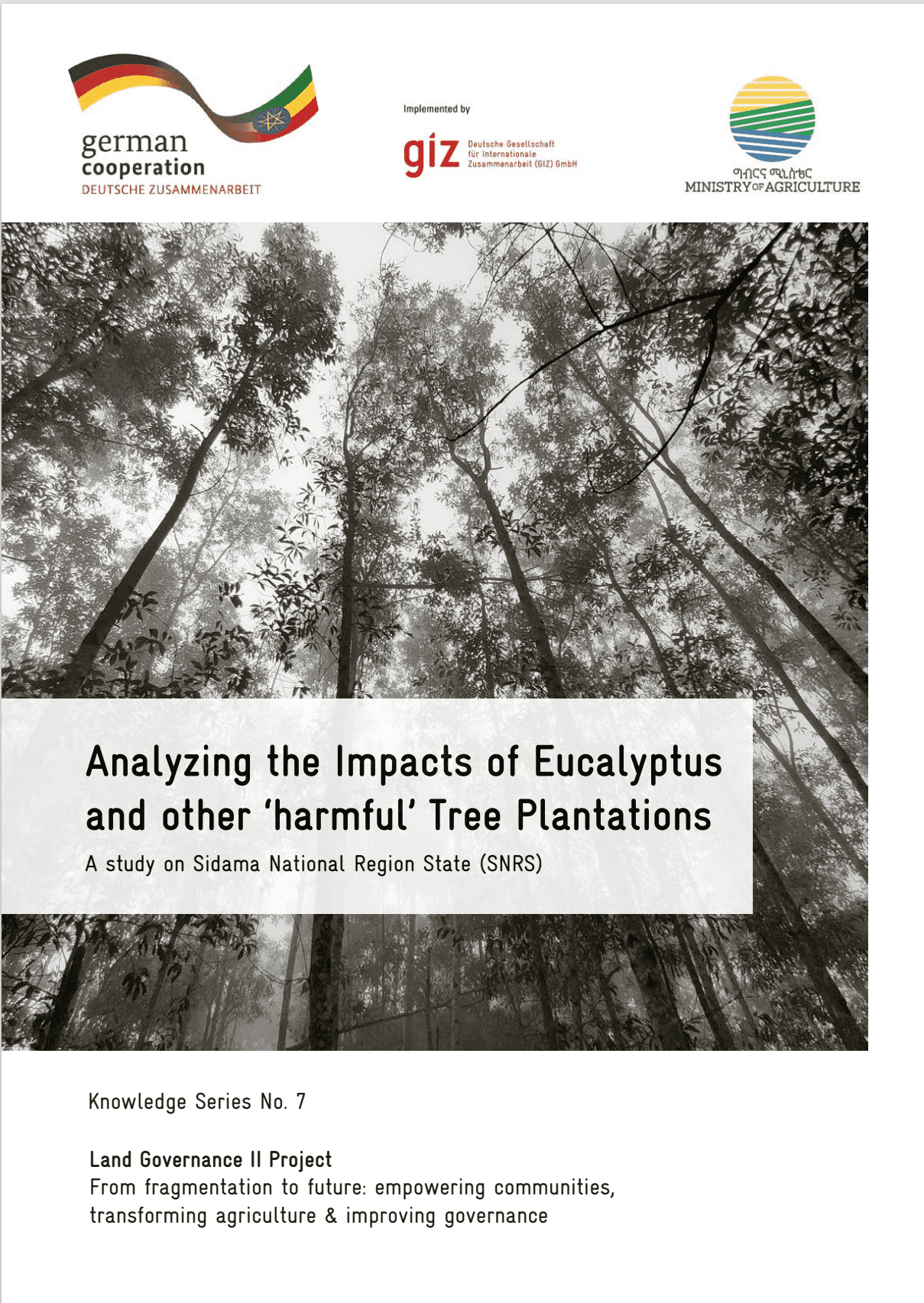LAND RIGHTS AND ECONOMIC RESILIENCE OF RURAL WOMEN IN THE G5-SAHEL COUNTRIES, WEST AFRICA
This article discusses different issues pertaining gender and land governance with focus to access and control of land by rural women and how this affects their resilience in G5-Sahel region- Chad, Niger, Burkina Faso, Mali, and Mauritania. Findings show that land remains the property of men, customary chiefs, male members of the family who have the full control of land use; women continue to serve as servants of their husbands in the farming activities.





